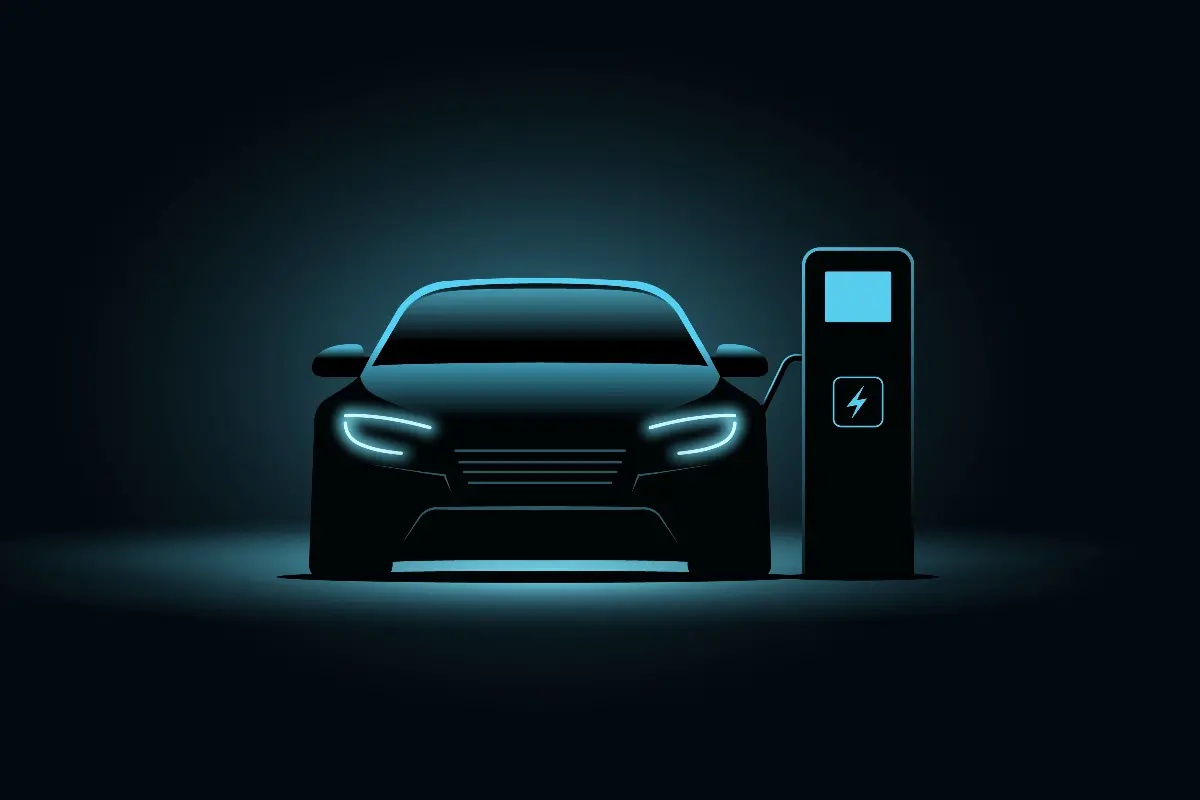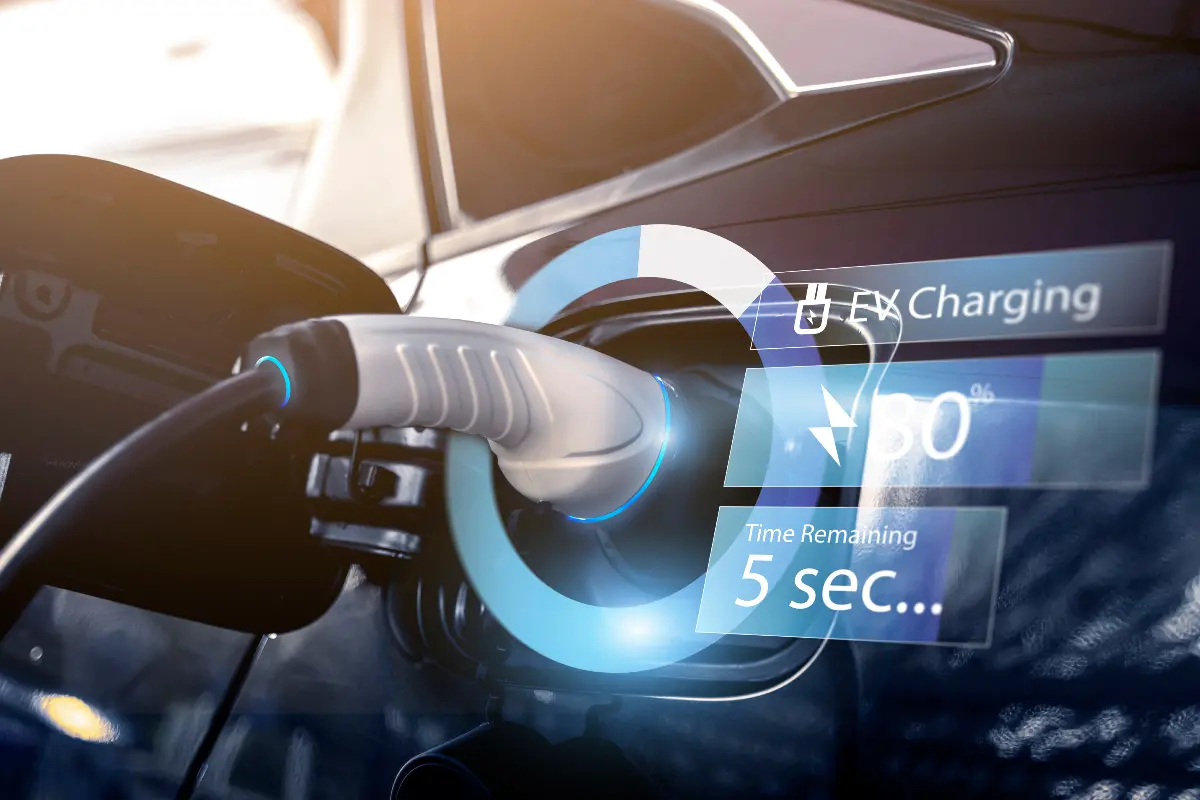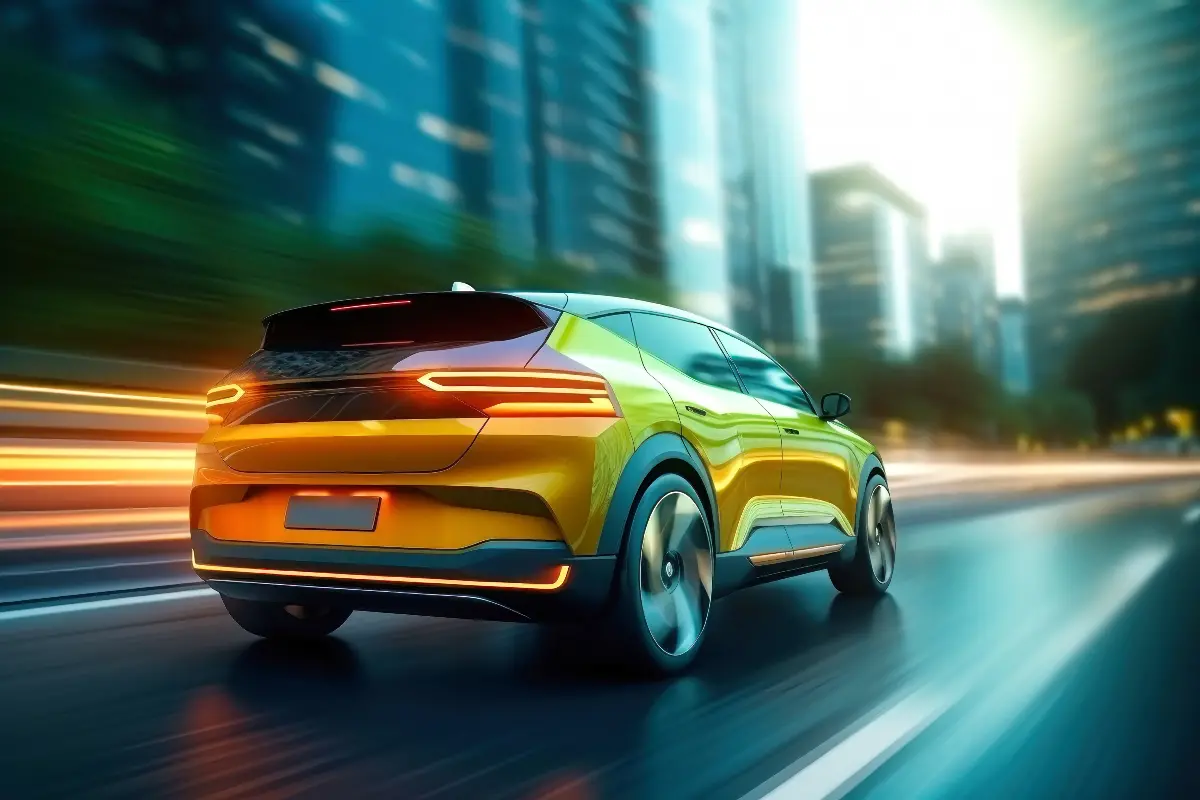Imagine this: you've just unboxed the latest electric vehicle (EV), its sleek design promising zero emissions and a tech-filled ride. You slide into the driver's seat, ready to experience the full power of electric thrust on the open road. But there's a catch—an invisible tether in the form of a speed limit specifically imposed on your EV. Why can’t you simply unleash the full potential of these whisper-quiet road warriors? The reasons, while not immediately obvious, are rooted in safety, efficiency, and technology.

For starters, speed limits for electric cars are influenced by the same factors that dictate the maximum speeds of their gas-guzzling counterparts. Safety is the overarching concern. Higher speeds increase the risk and severity of accidents. Reaction times shrink, and stopping distances extend exponentially with each additional mile per hour. This is particularly crucial in EVs because they are often heavier than traditional cars due to their batteries, which means they might require even more space to come to a halt.
There's also the impact on range to consider. Electric cars still face the perennial range-anxiety issue, where drivers worry about the distance their cars can travel on a single charge. Speed is an arch-enemy here—driving faster consumes more energy. The relationship between speed and energy consumption isn't linear; it's exponential. This means that cruising at lower speeds can significantly extend an EV's range, allowing drivers to travel further before needing to plug in. Manufacturers, therefore, might set speed limits to help drivers manage battery life more effectively.
Battery preservation extends beyond the immediate range. Consistently pushing an electric car to its limits can lead to increased wear and tear on the battery. Automotive batteries thrive within specific temperature ranges, and high speeds can lead to overheating, potentially shortening a battery's life span. This consideration is so critical that some EVs automatically reduce speed or power output when they detect excessive battery stress, a failsafe mode to protect the energy source that is the vehicle’s heartbeat.

Furthermore, electric cars' instant torque—the immediate power delivery from a standstill—is another factor. This characteristic can make them more challenging to handle at higher speeds, especially for the untrained driver. To manage this, car manufacturers often implement a tapering-off effect on an EV’s power delivery as it approaches higher speeds. This results in speed restrictions that make the car more manageable and reduce risks associated with rapid acceleration.
Regulatory frameworks around the world are also a contributing factor. Governments set speed limits on roads to maximize safety for all road users, and these apply regardless of the vehicle's fuel type. Capping the top speed of electric cars ensures that they adhere to these laws directly from the factory, potentially reducing the risks of speeding penalties for consumers.
Another more subtle factor behind speed limits in electric vehicles involves preserving the built environment. High speeds contribute to increased noise pollution even with EVs, which are quieter than internal combustion engine cars. Additionally, fast-moving vehicles can cause more significant wear and abrasion on road surfaces, leading to more frequent maintenance. By limiting speeds, EVs contribute to a quieter, and slightly more durable transport infrastructure.

Interestingly, electric vehicles potentially offer a more holistic approach to speed management through advanced connectivity. With an ever-more-connected world, EVs can be programmed to adjust to dynamic speed limits, environmental conditions, and traffic flows using real-time data. In this way, they are at the forefront of integrating with smart city technologies that aim to optimize traffic management and reduce congestion, both of which can be hampered by indiscriminate speeding.
It's important to note that while electric cars may have speed limits, they are not necessarily slow. Many EVs offer brisk performance that aligns with legal speed limits and provides a thrilling driving experience. However, manufacturers must find a balance between this performance and the responsibility to encourage safe, efficient driving habits.
For gearheads and speed enthusiasts, the restriction might feel like a tight leash on a thoroughbred. However, for the day-to-day commuter and environmentally conscious citizen, the speed restrictions on electric vehicles represent a logical blend of safety, efficiency, and sustainability. As battery technology advances and infrastructure evolves, we could see shifts in these speed limits. But for now, the rationale remains clear: sometimes slower is smarter, and when it comes to the burgeoning world of EVs, the future is paced at just the right speed.
